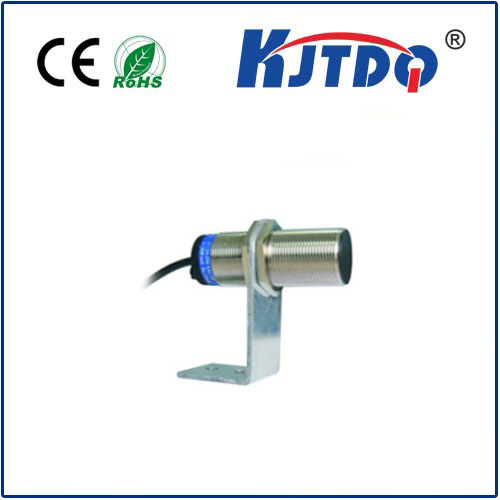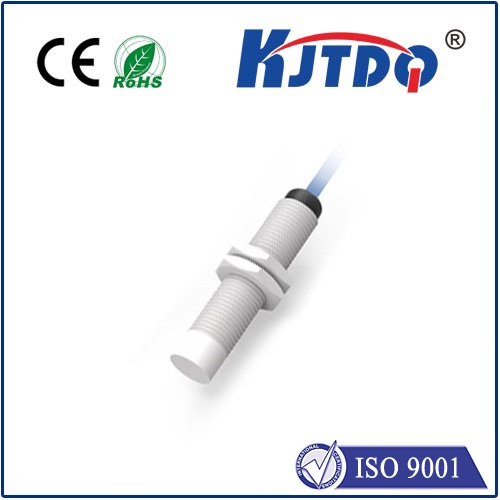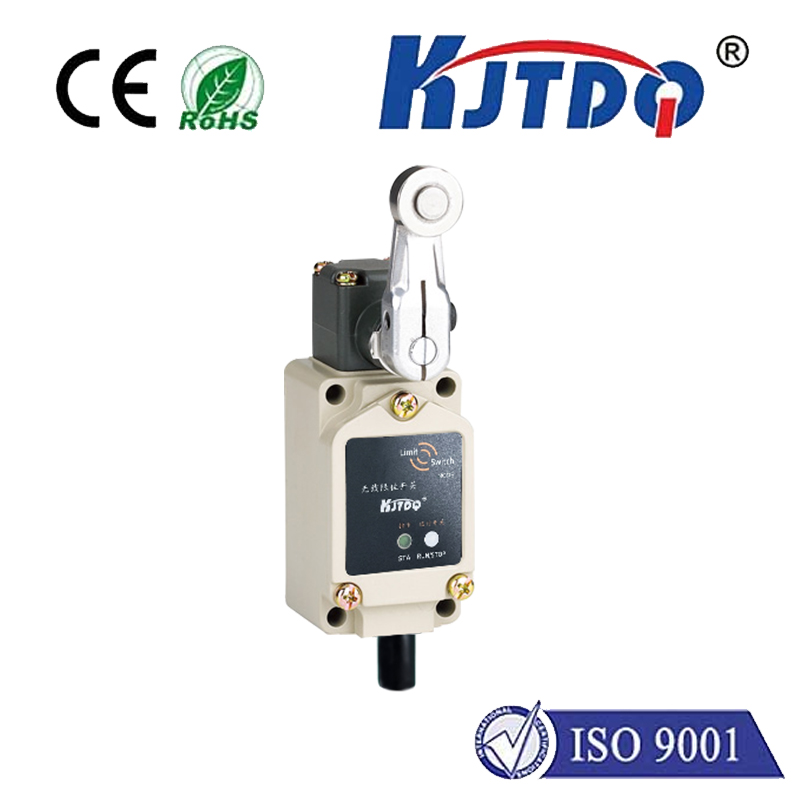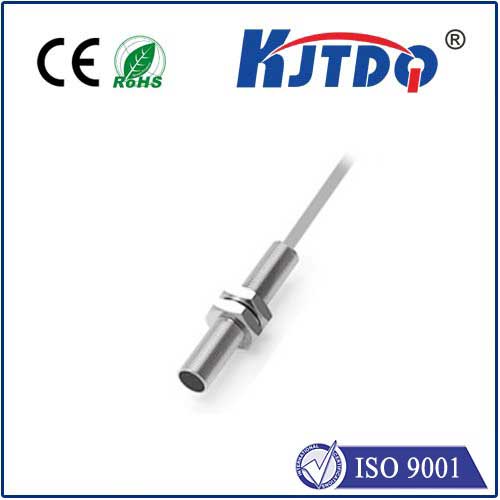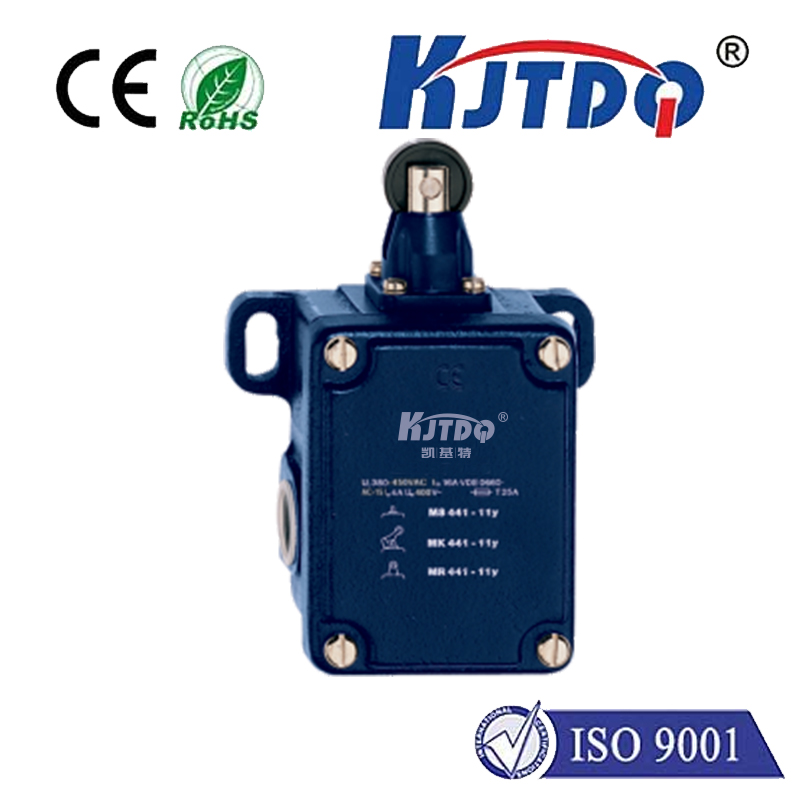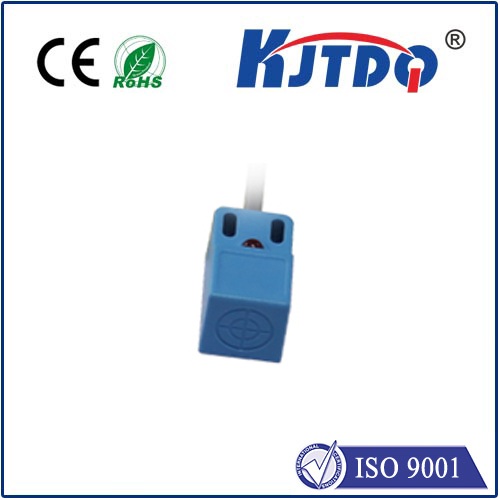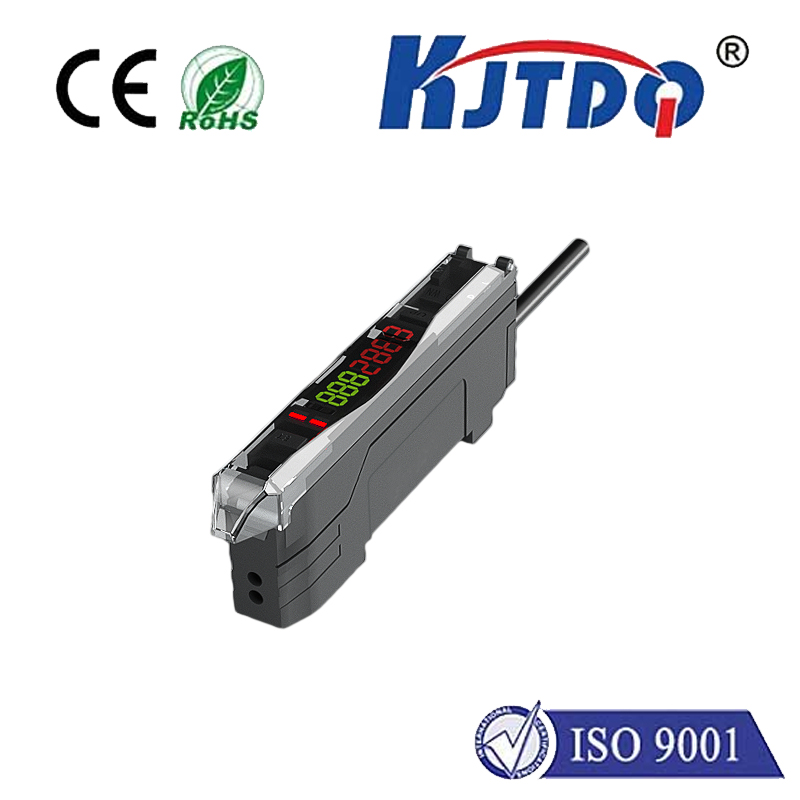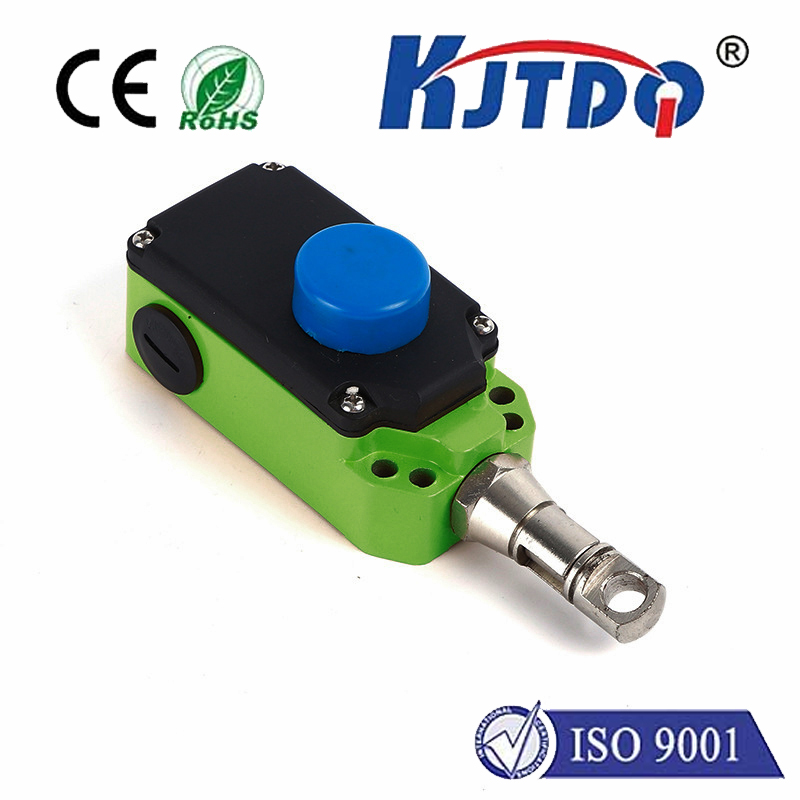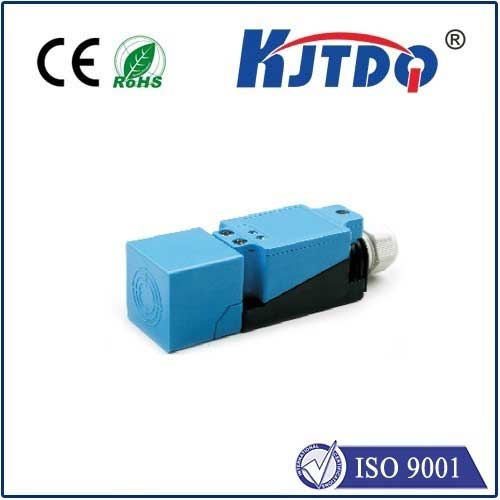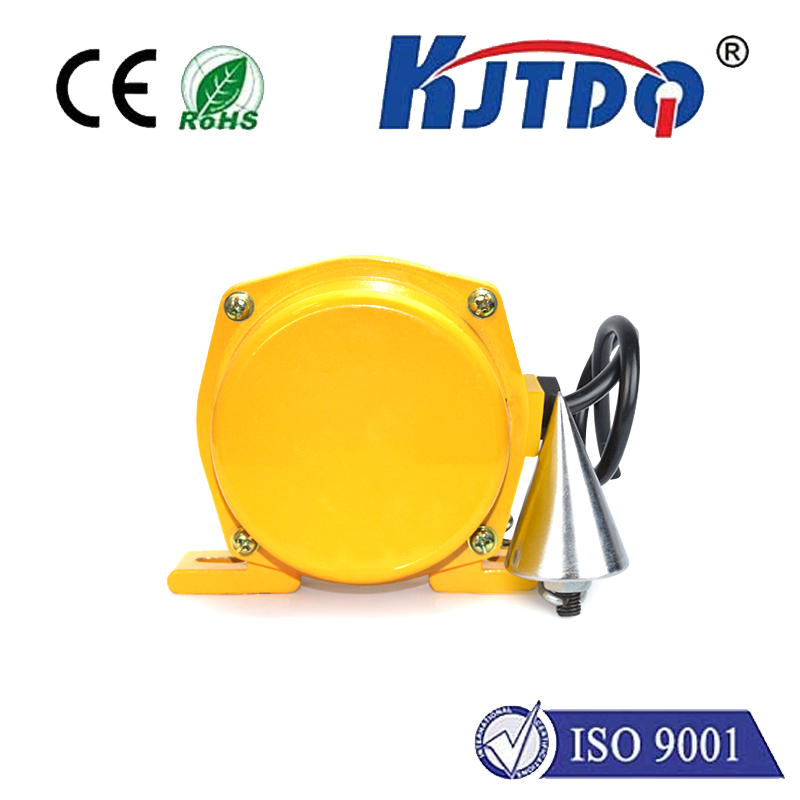

check

check

check

check

check

check

check

check

check

check
Title: The Importance of Encoder Limit Switches in Industrial Automation
In the world of industrial automation, precision and efficiency are paramount. One critical component that aids in achieving these objectives is the encoder limit switch. This device serves as a fundamental building block in ensuring machinery operates within designated parameters, thereby preventing potential damage and maintaining optimal performance levels.
An encoder, in simple terms, is a device that converts the physical motion or position of a machine into an electronic signal. When paired with a limit switch, it can detect when a machine has reached a certain point or limit. The limit switch acts like a sentinel, signaling the control system to either halt or reverse the direction of the motor once a preset threshold is met.

The integration of an encoder limit switch in automation systems brings several benefits. Firstly, it enhances safety by automatically stopping machines before they reach potentially dangerous positions. This feature alone can save countless hours of maintenance time and reduce the risk of workplace accidents.
Secondly, accuracy is improved with the use of an encoder limit switch. In processes where consistency is key, such as manufacturing or robotics, the switch ensures repeatable stopping points. This precision leads to higher quality products and reduces waste from errors in measurement or positioning.
Thirdly, the durability and reliability of mechanical components are prolonged by avoiding unnecessary strain caused by overtravel. Machinery wears out less quickly when it doesn't exceed its intended range of motion. This not only extends the lifespan of the equipment but also minimizes repair and replacement costs.
Moreover, the implementation of encoder limit switches contributes to increased productivity. Automated responses mean that machines can operate with minimal human intervention, running longer and more efficiently without constant supervision.
In conclusion, the role of encoder limit switches in industrial automation settings cannot be overstated. They provide a safeguard against operational mishaps, improve the accuracy of repetitive tasks, protect the longevity of machinery, and boost overall productivity. Embracing this technology is essential for businesses seeking to optimize their automation processes and maintain a competitive edge in today's fast-paced market.
